"Wow, that's cheap!"
It wasn't more than a decade ago that most tourists, perhaps sampling street food or stocking up on cosmetics, considered South Korea a cheap country to visit.
In those days, the minimum wage in South Korea was much lower than it is today, and this helped keep down the prices of most products and services in the country.
However, much has changed in recent years. Prices in South Korea, especially in Seoul, have gone up quite dramatically.
Today, the price of a cup of coffee in South Korea is among the highest in the world. Parking fees and house prices are also rising each year.
In this article, we will take a look at the price increase that South Korea has seen over the last twenty years.
Jajangmyeon Price Index
Source: 나눔경제뉴스
Black bean sauce noodles, also known as jajangmyeon, is a beloved dish in South Korea.
In 1988, you could get a bowl of jajangmyeon for less than 1,000 won. In 2019, the average price had increased six-fold to 6,000 won!
1988 was when a minimum wage was implemented in South Korea, initially set to 462 won per hour.
In other words, you would have to work for more than two hours to afford a bowl of jajangmyeon on a minimum wage.
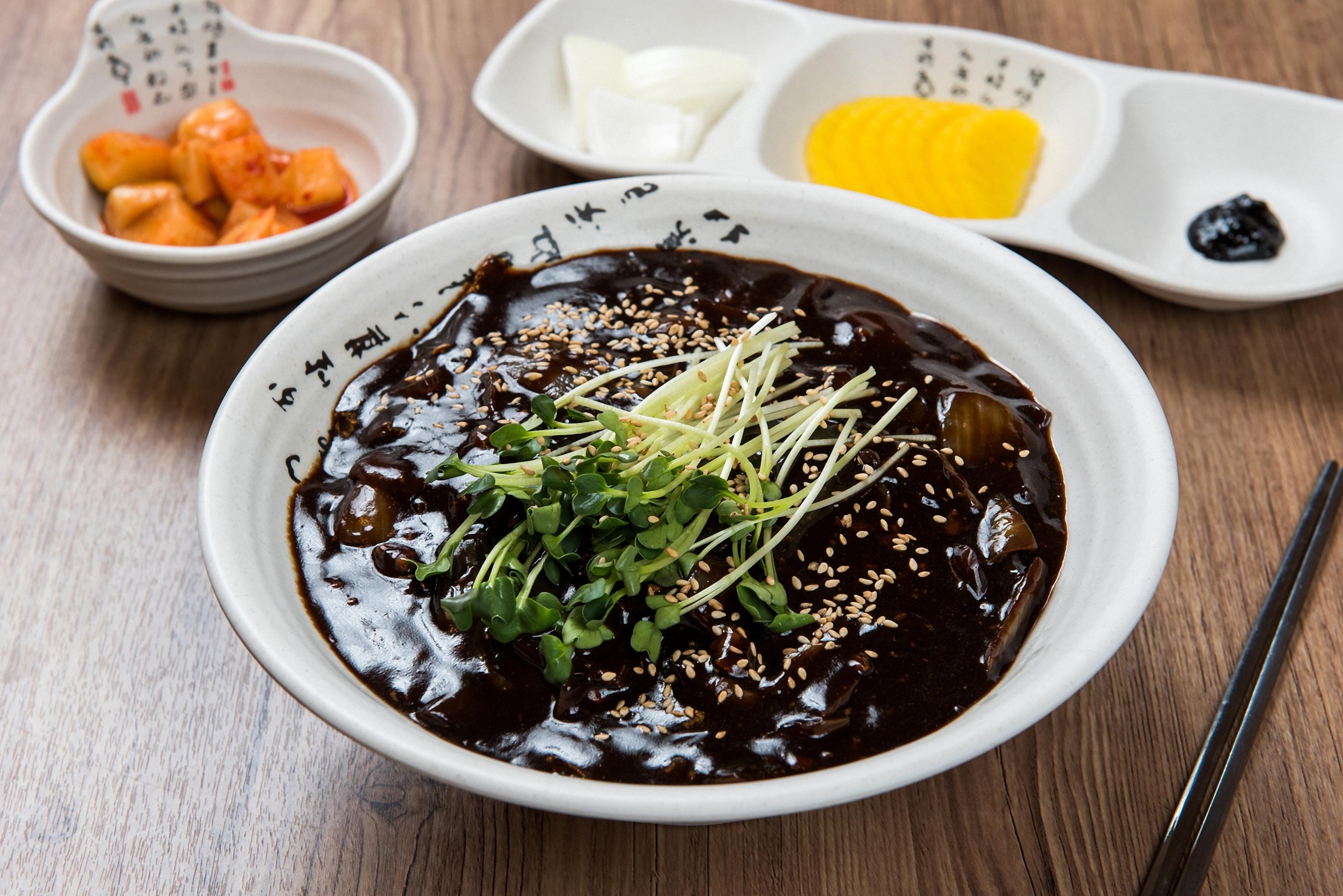
In contrast, the minimum wage per hour in 2020 was 8,590 won.
Although prices may have increased, so have wages, and today one hour of work can afford South Korean part-time workers some black bean sauce noodles.
Snack Price IndexSource: 중앙일보
The overall price of popular snacks in South Korea has gone up 200% the past 20 years.
In the past, you could get a bag of snacks and some change back if you paid with a 500 won coin, but those days are behind us.
These days, you would be pressed to find a bag of snacks below 1,000 won.
Let's take a look at some classic Korean treats to see how their prices have changed over the years!
Source: 더스쿠프
A bag of the popular shrimp flavored snack Saeukkang cost 400 won in 1997. The same product would set you back 1,200 won in 2017.
That's a 200% price increase in just 20 years!
Source: 뉴시스
Another favorite snack, Pepero, has seen an even bigger surge in price.
A box of the chocolate covered pretzel stick was a mere 200 won in 1997. In 2017, the price had gone up to 1,200 won!
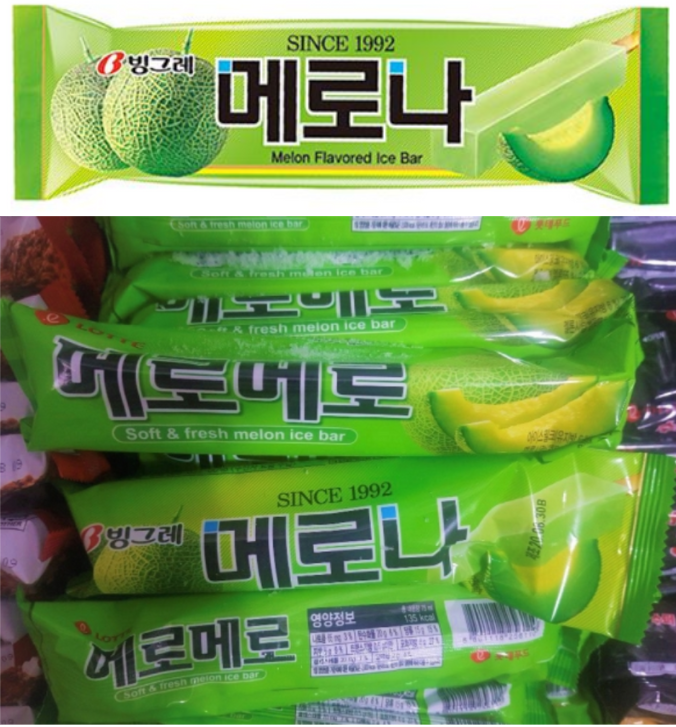 |
Similarly to Saeukkang, the melon flavored ice cream bar Melona has seen a threefold increase in price over the last 20 years.
Still, Melona and Pepero both cost 200 won in 1997, so you could argue that Melona is still reasonable priced.
Pro tip: you can get the ice cream bar even cheaper if you buy it at supermarkets or discount stores rather than at the convenient store!
*The prices from 2017 remain largely the same in 2021.
Instant Noodle Index
The price of instant noodles has also gone up over the years.
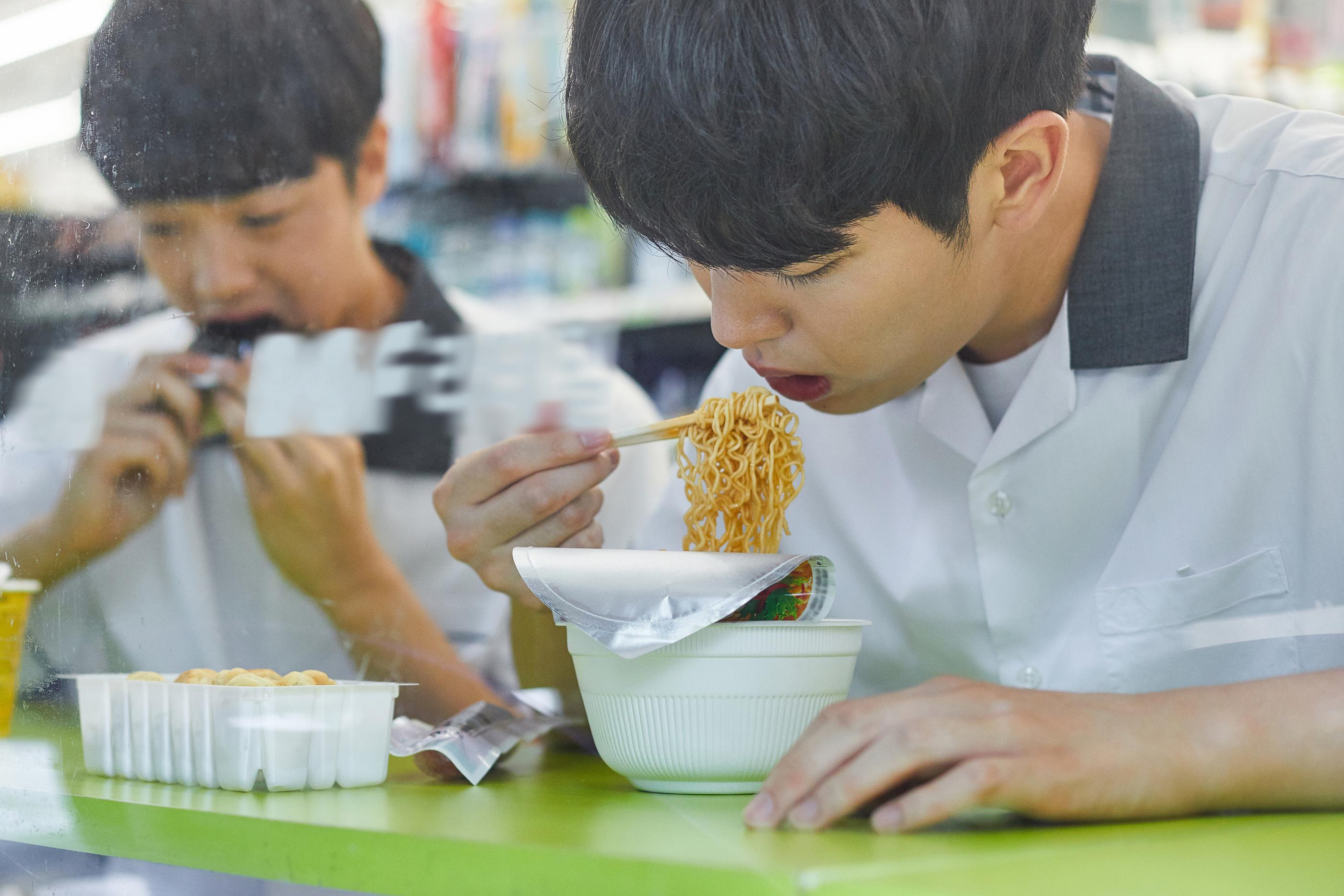
In 1997, the country's most popular instant noodle Shin Ramyun cost no more than 400 won, regardless if you bought it in a bag or as cup noodles.
In July 2017, the noodle cost 830 won in a bag, and 900 won as cup noodles. That's a 107.5% and 125% price increase respectively.
Beverage Price Index
Scrutinizing the prices of soft drinks in convenience stores, we find that a 250 ml can of Coca Cola has seen a 250% price increase from 400 to 1,400 won.
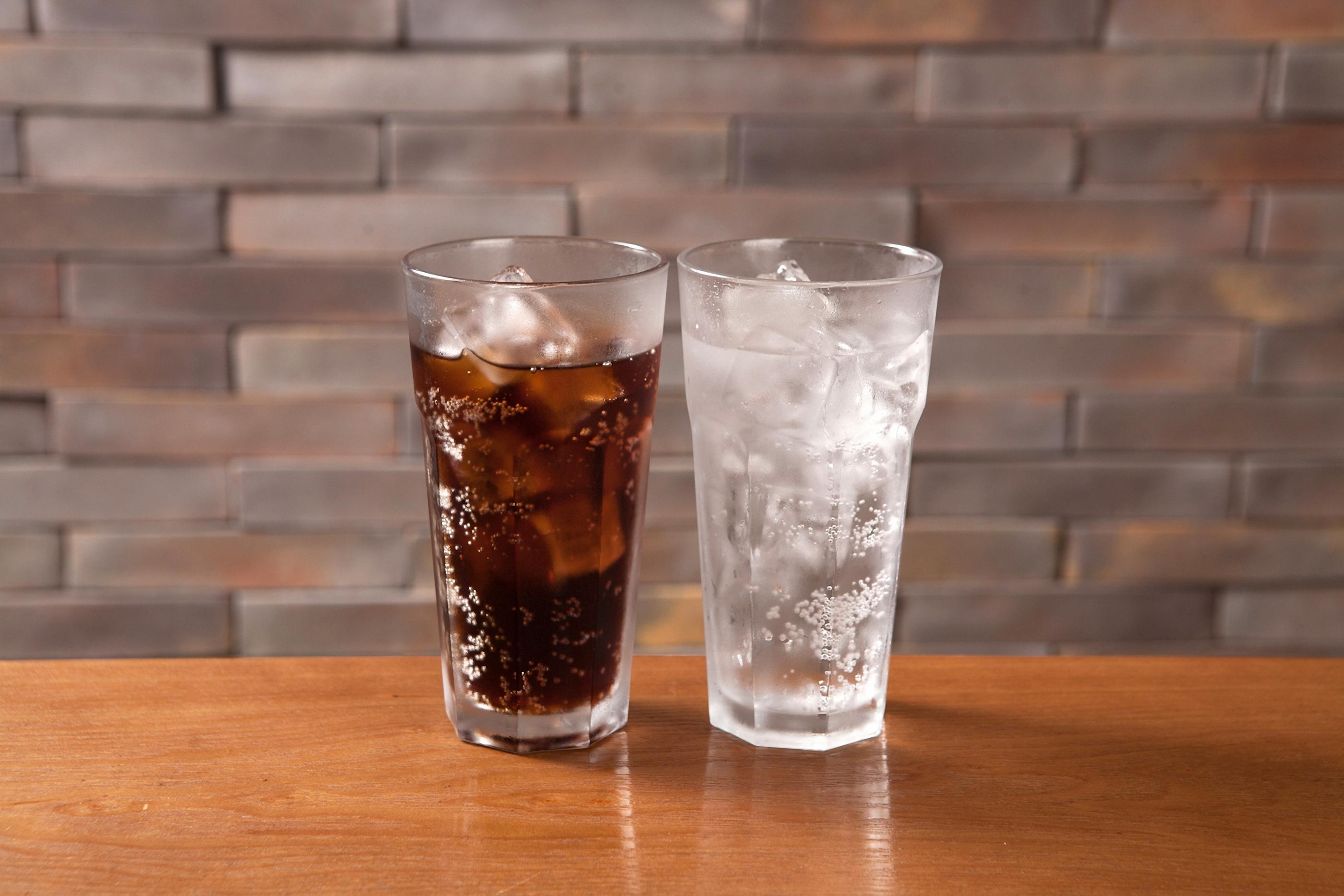
A 1 liter carton of milk cost 1,350 won in 1997. In 2017, the price was 2,650 won.
Source: 연합뉴스
The survey looked at 9 different items which together could be purchased for 4,000 won in 1997. 20 years later, the price for the same products had risen to 10,580 won.
In other words, paying with a 5,000 won bill in 1997 would've seen you getting some change back, but today a 10,000 won bill wouldn't be enough.
Inflation usually means that rising prices come hand in hand with increasing wages. Is that the case here, too?
The minimum wage in South Korea in 1997 was 1,400 won. In 2017, it had risen to 6,470 won.
It seems like part-time workers can afford a little bit more these days.
However, when we look at average salaries, the numbers come out different.
The average salary in South Korea in 1997 was 1.46 million won, compared to 2.37 million won in 2017.
That's only a 61.9% increase, to be compared with the snack index which saw a price increase of 210.6%.
Source: 더스쿠프
Transportation Cost Index
![South Korean orange taxi cars]()
Next, let's take a look at how transportation costs have gone up.
In 1997, the basic fare for a taxi in Seoul was 1,000 won, taking you a basic distance of two kilometers. Exceeding the basic distance, you had to pay an additional 1,500 won per kilometer.
In 2017, the basic fare had increased to 3,000 won, with 800 won added to your fare for every kilometer. (In 2021, the basic fare has increased to 3,800 won).
Source: 뉴시스
Transferring to buses, we find that the bus fare in Seoul was 400 won in 1997. In 2017, the fare had increased by 200% to 1,200 won (1,300 won in 2021).
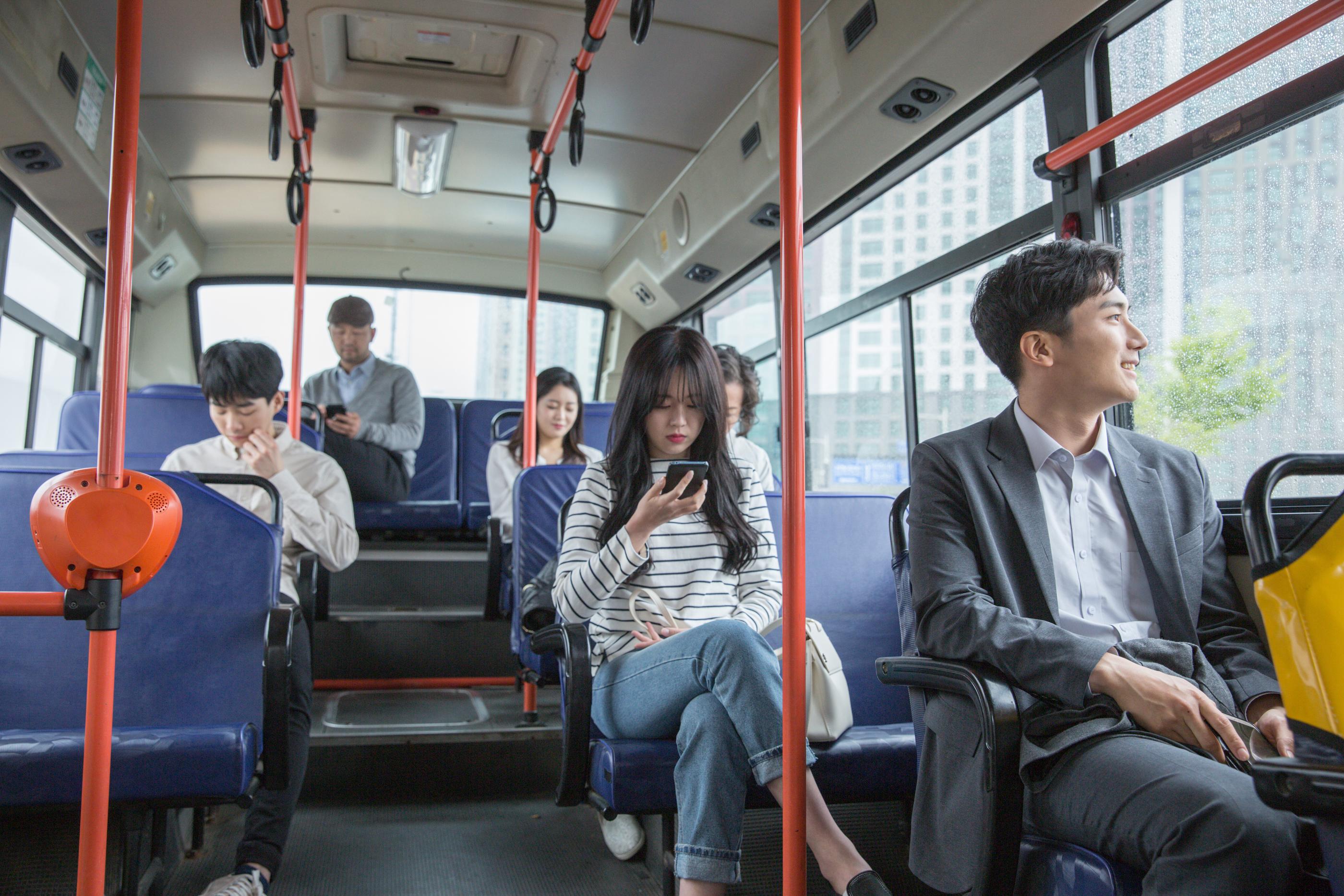
Similarly, the fare for a single ride on the subway went up from 400 won to 1,250 won during the same period, recording a 212.5% increase (up another 100 won to 1,350 won in 2021).
Source: 뉴시스
Overall, transportation cost in South Korea went up 140.8% between 1997 and 2017, far surpassing the wage increase of 61.9%.
Source: 뉴시스
It's only natural that prices increase over time.
However, there is reason for South Koreans to feel that prices of goods and services have gone up just a bit too much during the past twenty-odd years.
While wages have increased 61.9%, the price of essential things such as gas, transportation and food has gone up even further, putting a heavy burden on many households.
With house prices also skyrocketing, it seems like rising prices is a trend that South Korea soon needs to put a stop to.


